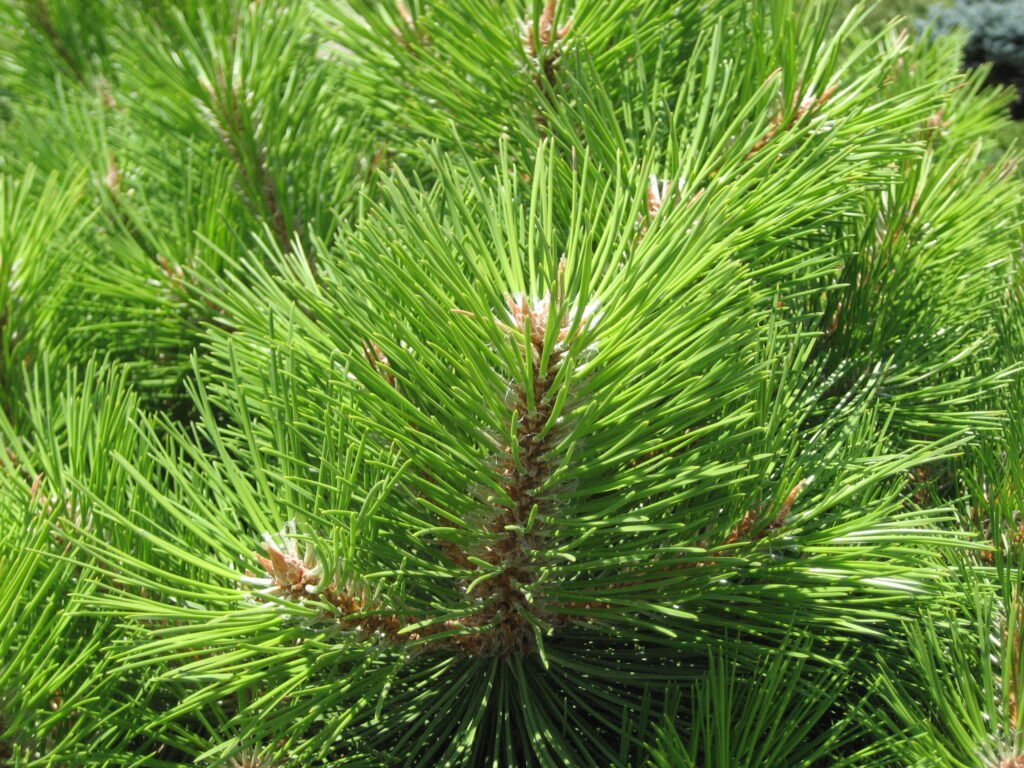Fresh vegetables right from your own backyard can be one of the highlights of summer. As you plan your vegetable garden, here are a few tips to help you get the most from your garden.
Sun and soil
Picking the right garden spot is probably the most important step to ensuring success. A vegetable garden should get six to eight hours of sunlight each day and have good drainage.
If you have clay soil, it won’t drain well. You can amend the soil by tilling in organic matter such as compost. We love using cotton burr compost to improve heavy clay soil that is often found in new construction.
No matter your soil type, working compost or fertilizer in before planting will provide your vegetables with the nutrients they need. Try to wait until the soil is dry before tilling and planting.
Right plant
Choosing what to grow is the next step. If you are just starting out, start small. Many people start off with too many plants that they cannot keep up with caring for and harvesting each one. This can be a bit overwhelming to a beginner.
Most vegetables come in dozens of varieties — choosing which to plant can be daunting. We recommend thinking about what you want to eat. Some tomatoes are better for sauces and some are better for slicing and snacking. Setting garden goals can help you narrow down your options. If you think a vegetable is “cool” it may be worth a try, but think of how you will incorporate it into your meals. If you can’t think of how you will use the vegetable, fruit, or herb, save it for another year.
You should also make sure to pick plants that do well in Iowa’s climate. We carry what we have found can grow in our climate, but catalogs and the Internet might tempt you to order exotic varieties that won’t thrive here.
Spacing
Once you know what you’re planting, you’ll know how much room you need. Small seedlings can be deceiving — research how big the mature plant will be so you don’t overcrowd your garden.
You also don’t want to plant a tomato that will reach five feet right next to a sun-loving pepper. Put taller plants on the garden’s north side or wherever they won’t block the sun from reaching shorter plants.
If you’re short on space, try vertical gardening — growing cucumbers or squash on a trellis or fence to save room. Shade loving plants like lettuce and spinach can go under the trellis to optimize space even more.
Happy Planting!




